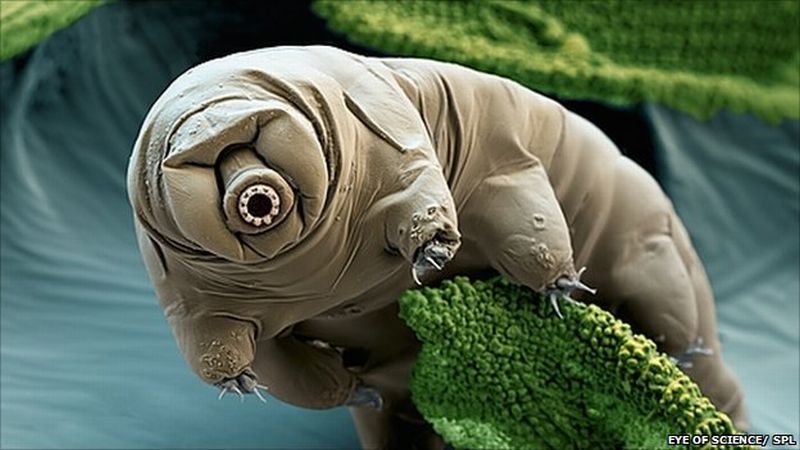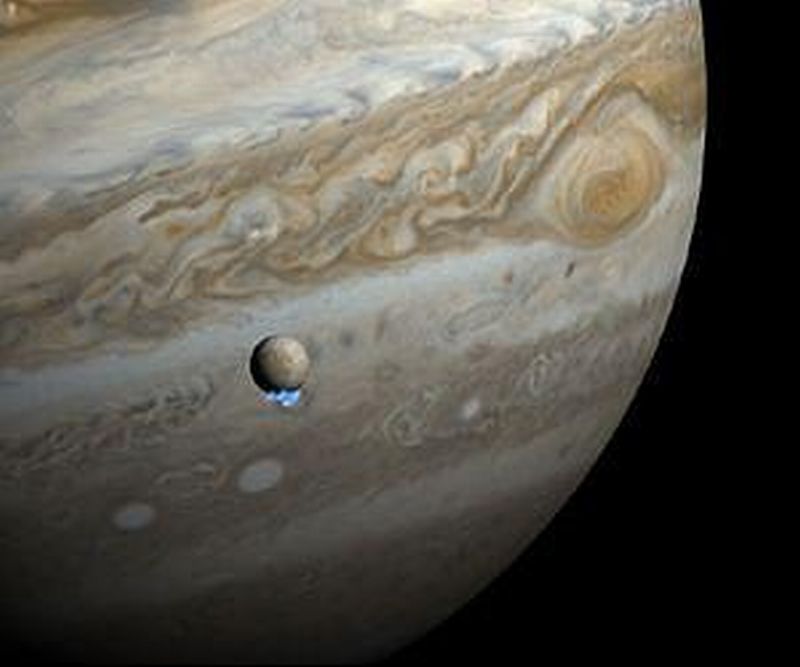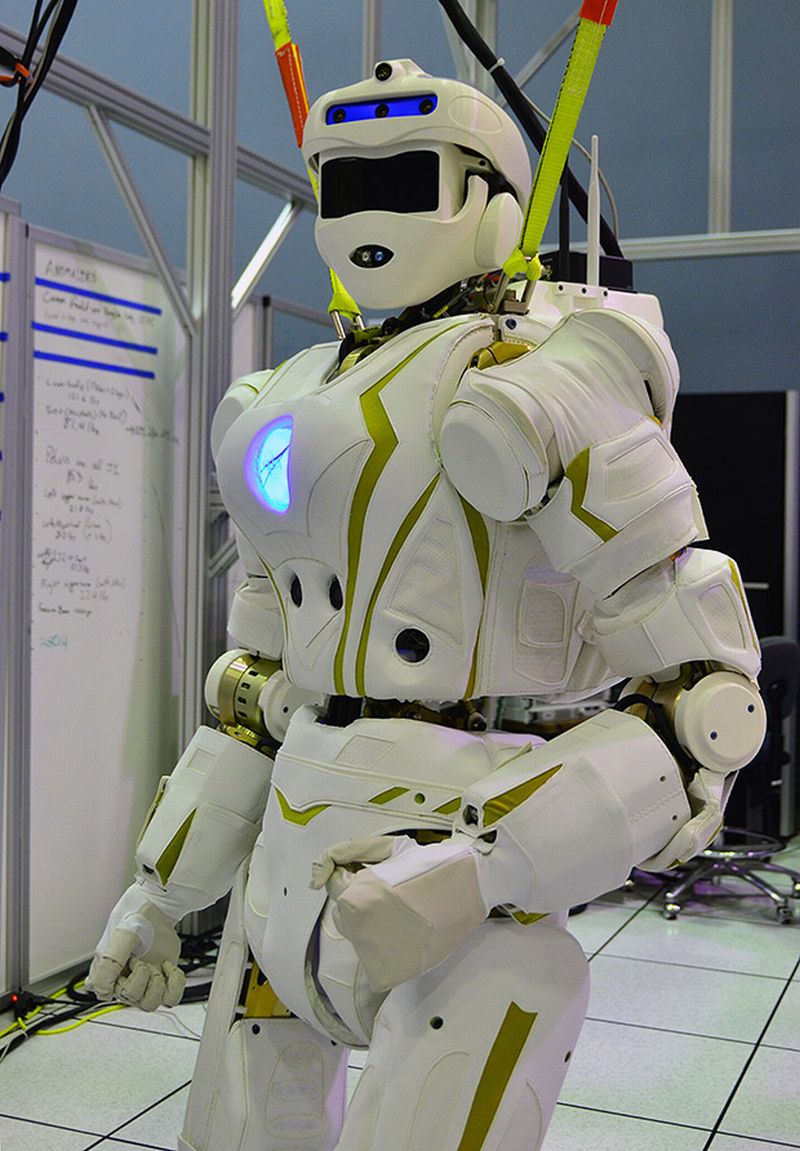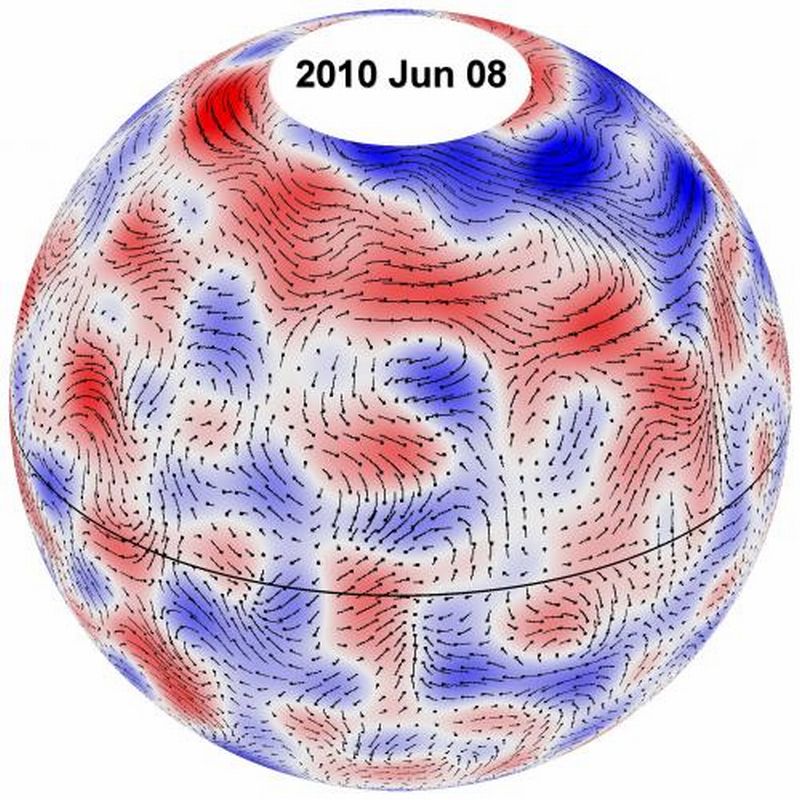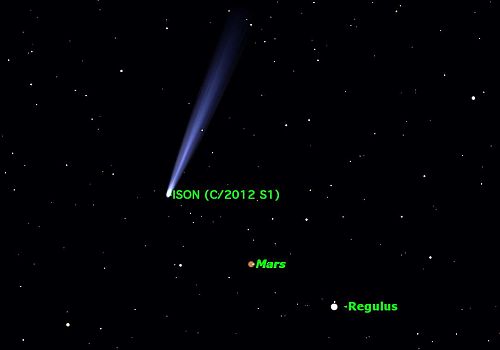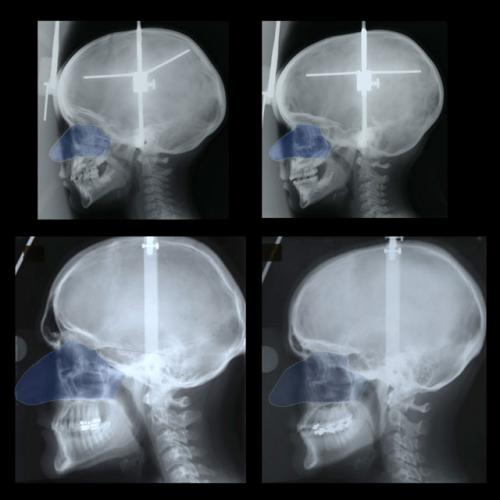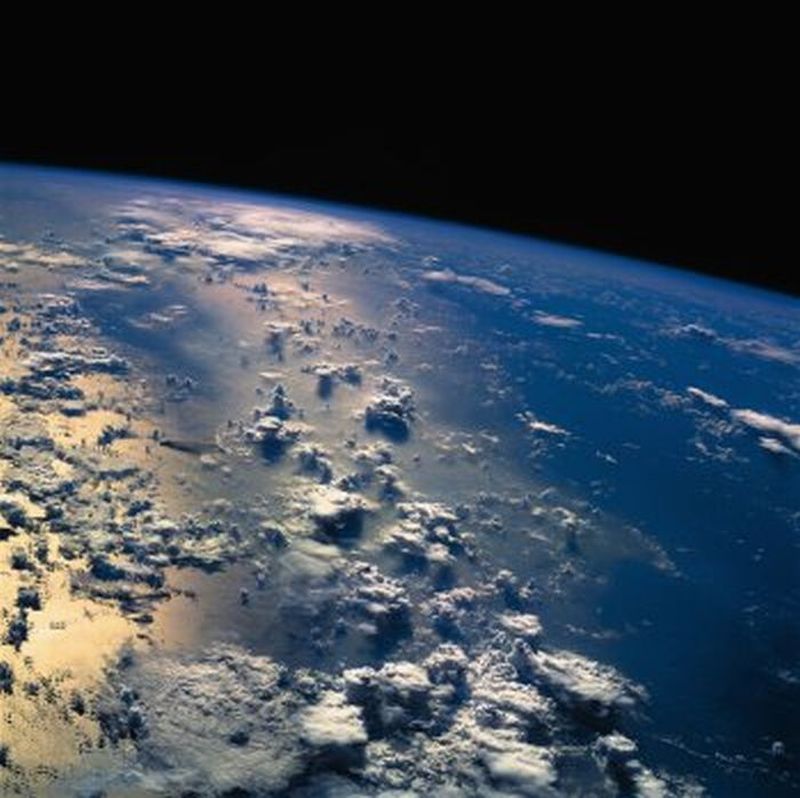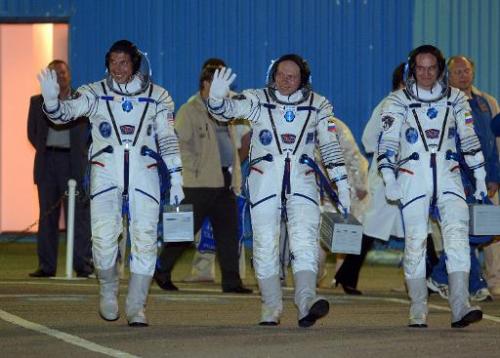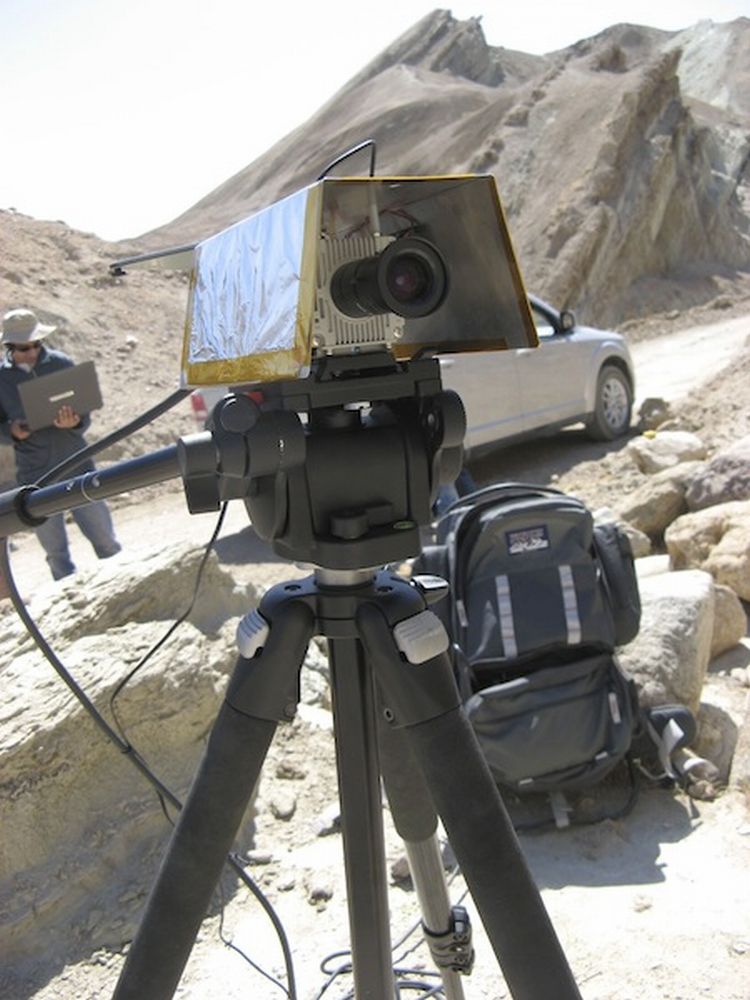Tardigrades (also known as waterbears) are the toughest organism capable of thriving in the most unfavorable conditions on earth and even in the outer space. Tardigrades have been found living in low temperatures (just above the absolute zero), high temperatures (above boiling point of water), can bear high pressure, high ionizing radiations and can even exist in the vacuum of the space. And because of this unique survival skill of the organism, the scientists have classified them as extremophiles i.e. an organism capable on living in the harshest of conditions,…
Search Results for: nasa
Europa, Jupiter’s Moon Is Spewing Off Water Vapour
Latest finding put forth by NASA’s Hubble Space Telescope has confirmed that Europa, Jupiter’s moon, is ejecting water vapour. Its surface consists of water ice and has one of the finest gradients in the Solar System. This has led to a conceivable notion that there might exist water ocean underneath. As per the space scientists, this sign might give rise to a possibility of habitability. The discovery that water vapour is ejected near the south pole strengthens Europa’s position as the top candidate for potential habitability. However, we do not…
Meet Valkyrie, Johnson Space Center’s New Super Hero
NASA’s Johnson Space Center (JSC) in association with the University of Texas and Texas A&M and with funding from the state of Texas itself have built a humanoid to which they call, Valkyrie, officially designated as “R5”. The bot is 6.2 feet tall, weighs around 125 kgs with 44 degree of freedom and is powered by battery. The machine is not built for any space mission or otherwise but for the DARPA Robotics Challenge (DRC), that’ll hold its first round of competition in the second half of this month.
Newly Discovered Sound-Producing Organ in Koalas
“Cute” is a word usually associated with Koalas. However, these small sized bears have been recently discussed from an angle distant from that related to their scrumptious looks; one that uncovered the mystery of their deep voices. Koalas have always puzzled scientists with their low-pitched bellows, which are considered about 20 times lower than they should be considering their body sizes. This estimation was made considering that the size of the vocal cords of an animal determines the pitch of their voices. Accordingly, smaller-sized animals are known to produce higher-pitched…
Giant Convection Cells Observed Within Sun
We have known that convection currents are a part of the water cycle on earth. A conventional cell – density differences that results from rising and/or falling of currents – is the spark that ignites the formation of clouds with its release and transportation of energy. As air transcends along the surface of the earth, it carries heat, hence loses density (because of fluid dynamics) and moves higher into the atmosphere. Upon reaching there, it experiences low pressure due to which fluid retention becomes difficult and so it releases its…
Traces Of Water Discovered Across Exoplanet Atmospheres
Two teams of space scientists have discovered the presence of atmospheric water across the five distant planets. NASA’s Hubble Space Telescope was the tool employed by the teams for the exploration mission. WASP-17b, HD209458b, WASP-12b, WASP-19b and XO-1b were the planets that were under observation. WASP-17b and HD209458b gave the strongest signal of water content present in their atmosphere while the others showed consistency.
Comet ISON’s Journey Comes To An End
After travelling for over a million years, Comet ISON or Comet Nevski–Novichonok, a sungrazing comet discovered on 21 September 2012 by Vitali Nevski and Artyom Novichonok will be completing its inward journey through the solar system by the Thanksgiving Day, that is, Nov. 28, 2013. Researchers feel that either it will shatter due to the extreme heat of the sun or speeds back, never to return. Space scientists were intrigued since the time they had discovered the Comet ISON (in Sept 2012) because they believe that the comet consists of…
Dust Ring Confirmed Near Venus Orbit
Interplanetary dust or the Cosmic dust has occupied space in the solar system. Studies are still being conducted in order to understand the nature, origin and its relationship to larger bodies in space. However, one thing is confirmed that a planet’s gravity is acting on the cosmic dust by pulling it into its orbit forming a ring of dust around itself. Earth too has been travelling in the ring of dust, a discovery that was made twenty years ago. Since then space scientists have been working upon gathering the information…
Why Men Posses Bigger Nose Than Women: A Study
When compared to women it is always men who has bigger nose. A recent study has revealed the scientific reason concluding why European men has bigger noses than their female counterparts. The interesting study done by lead researcher Nathan Holten, assistant professor in the University of Iowa College of Dentistry, found that men posses more lean muscle than in the females and stand in need for more oxygen for maintaining a healthy tissue growth and development. Thus bigger nose help inhaling more oxygen to meet the lean muscle demand in…
Robots In Manned Cosmonautics Envision Scientists
Propelling robots in manned cosmonautics is one of the visions, which the scientists are working upon. After NASA’s R2, Russia is busy designing their Robonaut, the SAR-400. Within the next few years, we would be witnessing SAR-400 stepping into the ISS. Like R2, aim of SAR-400 too would be to solve repair and maintenance issues on the ISS. Talking about the physical structures, both the bots are in form of a robotic torso with no legs of course making it easier to fix to a crane on the ISS.
Titan Could Be A Fountainhead Of Organic Compounds
Propylene, an unsaturated organic compound has been discovered in Space debris. The compound is used as raw material in the production of food storage containers that we employ in our kitchen, other consumer products including car bumpers. Cassini, the largest, heaviest and most complex interplanetary spacecraft of NASA’s identified the debris on Saturn’s moon Titan. For the first time, the organic compound has been discovered in the aerospace. This is not the only exploration done on Titan. During 1980 expedition of Titan, the spacecraft (Voyager1) has detected some hydrocarbons, the…
Supervolcanoes May Lurked On Ancient Mars
Basin that was previously thought to be a consequence of meteorite impact on the surface of the Red planet is in fact the remnants of an ancient flared up supervolcano, postulated by Joseph R. Michalski, Senior Scientist at the Planetary Science Institute and co-author Jacob E. Bleacher of NASA Goddard Space Flight Center. In the words Michalski, On Mars, young volcanoes have a very distinctive appearance that allows us to identify them. The long-standing question has been what ancient volcanoes on Mars look like. Perhaps they look like this one. Capacity of the…
Magnetic Energy Near Earth Responsible For Space Weather
If we look up at the sky, we find there is no notion of chaos and everything is calm and stillness prevails but this is not the actual case, at least not in the orbit surrounding the earth or the interplanetary space. Some or the other form of activity is reigning in the region which gives rise to space weather. Explosions of solar material and magnetic fields of strong potency are some of the activities that are thronging the interplanetary space. These eruptions causes weather alterations on the planet Earth…
3 Man Crew Went On A Sprint Run to Space Station
Michael Hopkins of NASA and Oleg Kotov & Sergei Ryazansky of Russia took off from Baikonur space centre for the International Space Station atop a Soyuz rocket. The technique employed by the capsule in orbiting the Earth is slightly different from the conventional one in the sense that it will orbit the Earth four times than 30. This technique of sprint run in space was formerly employed in Soviet era but only implemented on a regular basis in the past year. The plan is to combat stresses of space faced by…
TextureCam, An Add-on For Bots In Decision Making
NASA’s Mars rover Curiosity is extraordinarily smart. Its autonomous navigation system includes driving, digging, shoveling, and even shooting lasers. However, the next gen bots are a step higher and are extremely tuned in. With their advanced computer and camera systems, they are able to identify locations and geographies that are interesting enough to yield important scientific discoveries. Self-autonomous robots and human machine interaction are one of the major areas, which are undergoing research in Robotics. And Curiosity includes both the paradigms. Human engineer at Jet Propulsion Laboratory (JPL) directs it…

